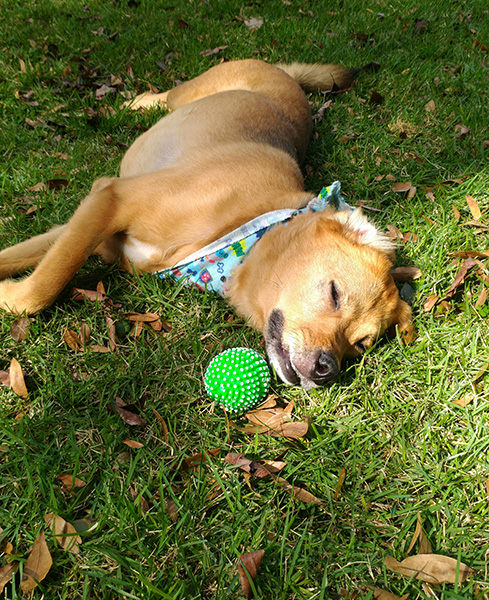Diabetes in Senior Dogs

Has your senior dog been drinking a lot more water recently, and having to urinate more frequently? Has he begun losing weight despite being hungrier than usual and wanting to eat all the time?
If so, your dog may have diabetes. While the exact cause of diabetes is unknown, genetics, autoimmune disease, obesity, chronic pancreatitis, certain medications, and abnormal protein deposits in the pancreas can play a major role in the development of the disease.
The most common form of diabetes in dogs is Type I (insulin-dependent diabetes), which occurs when the pancreas is incapable of producing or secreting adequate levels of insulin, thereby causing high levels of glucose in the blood. For most dogs with Type I diabetes, insulin therapy in the form of insulin injections is essential to not only regulate their blood glucose levels but to ensure their very survival. And so, if your dog is exhibiting the four classic symptoms of diabetes — increased thirst and water intake, increased urination, appetite gain and weight loss – bring him to the vet immediately.
To make a proper diagnosis, your vet will record all of your dog’s clinical signs, perform a physical examination, and collect both blood and urine samples. Treatment will then depend on the severity of his symptoms, the test results, and whether he has any other health issues that could complicate his therapy. Since every dog responds differently to treatment, your dog’s therapy must be tailored to fit him – now and for the rest of his life.
Your dog’s initial insulin dose will be based on his body weight, and adjustments will be made until the optimal dose has been determined. Insulin injections are usually given twice a day — every 12 hours with meals – and your vet will show you how to administer them. And because regular blood glucose checks are critical to monitoring his blood sugar, your vet will help you set up a testing schedule and show you how to perform the tests yourself at home.
Routine is key to successfully caring for your diabetic dog, and along with his insulin therapy, you must strictly manage and maintain his weight through proper diet and exercise. You should feed him twice a day (when he receives his insulin), keep him on a high-fiber diet to help slow down glucose absorption, and, most importantly, avoid giving him any treats high in glucose.
Because exercise can help avoid high blood sugar levels and may improve the insulin’s absorption into his system, provide your dog with steady, moderate-intensity activities. Too much or too strenuous exercise can cause his glucose levels to become dangerously low, resulting in hypoglycemia. Hypoglycemia can also occur when your dog’s had too much insulin or if he didn’t eat when he received his regular insulin injection. To be prepared for just such an emergency, ensure that either glucose powder or a glucose solution is always within reach.
Although diabetes is a lifelong condition without a cure, it can be managed effectively, keeping your beloved dog healthy and happy for as long as paws-ible.
